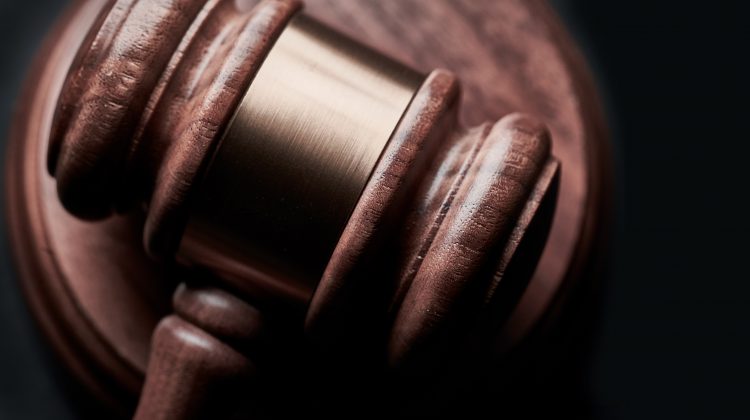WARNING: The following story contains details some readers may find disturbing.
As a class-action lawsuit against the federal government over the treatment of patients in Canada’s Indian Hospital system proceeds, former patients are being encouraged to continue coming forward.
Lawyer Steven Cooper, of the law firm Cooper Regel in Edmonton, says the recent high profile stories of unknown or unmarked graves at former residential schools have renewed interest in the treatment of Indigenous people by the institutions established for them.
Cooper says these types of cases are very complex, and therefore take a great deal of time.
One of the complexities they’re dealing with is determining as precisely as possible the size of the class of people to be covered.
Cooper says “this isn’t a class of a few hundred people,” and their initial estimate of up to 90,000 could actually be twice that number.
He encourages former patients of Indian Hospitals to get in touch if they haven’t done so already.
“We need to know what experiences were people having and where were they having them because that helps us identify the kind of claims that we have to include in any settlement or even a trial.”
Cooper says the legal team is also concerned about “missing institutions that may have been short in duration, or small in a number of patients,” so they need as many people as possible to come forward with their experiences.
He says they want to identify what institutions were actually part of the program, and in which years did they operate.
“And these aren’t static,” according to Cooper, “the institutions would come into and out of the process, or the system.”
Another aspect of developing the case involves locating all the documents available from the hospitals, which are held around the country by government departments, churches, museums, or archives.
One of the hospitals named in the action is the Nanaimo Indian Hospital, which was located on now-vacant land next to Vancouver Island University.
The Nanaimo Indian Hospital opened in 1946 in an old military facility, had 210 beds, and was the second-largest in Canada.
By the time it closed in 1966, it’s estimated that approximately 14,000 patients had been sent there.
Cooper says these massive court cases proceed slowly and “there’s sort of a standard format when it comes to these types of class actions, particularly national class actions” such as the Indian Hospitals lawsuit.
He says the lawsuit was “certified on consent, which means that the government, at a minimum, recognized that there is a triable issue here,” involving a class of people with a common set of issues and interests.
He notes the consent to certify it is not an admission of liability, but the federal government is now speaking with them on an ongoing basis about the possibility of reaching a settlement.
Former patients of Canada’s Indian Hospitals report sexual and physical abuse, which Cooper says seems to have been “the same sorts of abuse by the same sorts of people” as reported at former residential schools.
He says the Indian Hospital System was set up to be “an inferior system,” and was purposely underfunded to avoid the perception that the Indigenous population getting equal, or better treatment.
In addition, he says there have been recent revelations of unethical human medical testing.
“This was a very vulnerable group of people that were not being properly supervised, and frankly the medical community appears, and the scientific community appears to have taken advantage of that fact.”
Cooper points out that medical science “does rely on certain experimental procedures, but always with the consent of the patient” and also within guidelines.
He also says there is the issue of malpractice.
A good example according to Cooper, “was continued application of medical procedures and medication that were no longer part of mainstream medicine that were carried on within the Indian (hospital) system.”
He says those treatments may have been continued as a way of saving costs, or possibly due to the incompetence of the staff.
In the statement of claim against the federal government, it’s alleged that Canada housed Indigenous people in dilapidated facilities converted into hospitals where they were isolated from their family, friends, and communities.
Patients were forced into these hospitals and held there and left them physically and psychologically traumatized.
On the question of how the case will take, Cooper says “most of these things settle, we have reasonable optimism that this will settle,” but if it goes to trial then it will take longer, possibly as long as five years from when the case was filed in January of 2018.
Segregated hospitals or wards for Indigenous patients began opening in the late 19th and early 20th centuries and were gradually taken over by the federal government beginning in the 1920s.
The new federal Department of National Health and Welfare took over the construction and operation of the hospitals in 1946.
A large-scale program to control and prevent Tuberculosis among Indigenous people was created.
The $1.1-billion class-action lawsuit was filed on behalf of former patients at 29 segregated hospitals operated by the federal government between 1945 and the early 1980s.
If you believe you are a member of this class action and wish to be included contact Cooper Regel toll-free at 1-800-994-7477, or steve@cooperregel,ca






